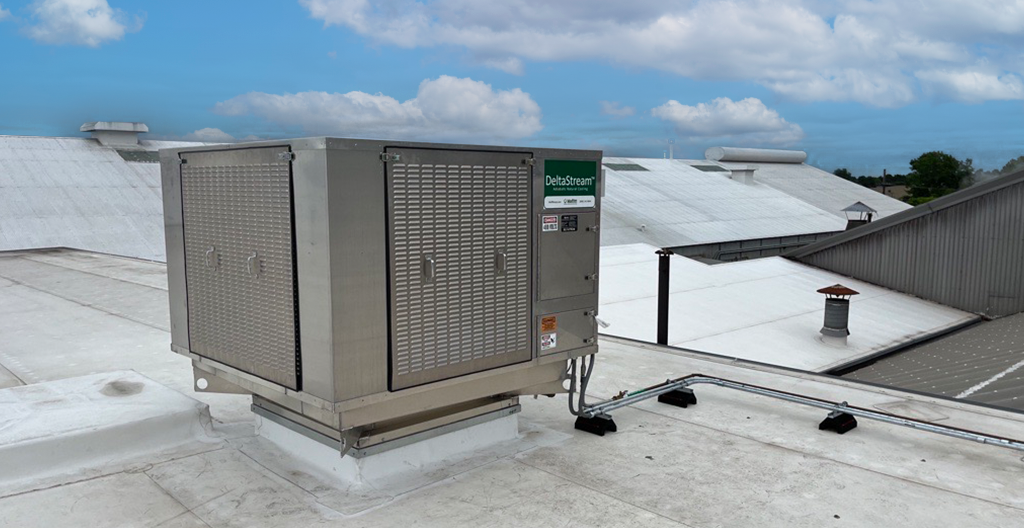Data Center Cooling System – Natural Cooling
A Data Center Cooling System utilizes a variety of different ventilation technologies. This includes traditional solutions like powered exhaust fans and air conditioning, as well as newer technologies like adiabatic natural cooling and natural ventilation. While all these solutions won’t work in all environments, we can help you find the right solution for yours.
New Data Center Cooling System
Improvements in computing equipment and in-system cooling have changed the game for data center cooling. Some vendors now suggest a tolerable temperature of 90° Fahrenheit or more for their equipment. This opens new options for data center design and cooling. Additional factors like quantum computing, architectural improvements, and power generation, have people rethinking the data centers all together. We’re helping that reinvention with our approach to data center ventilation. Ventilation solutions that use minimal energy and resources, like natural ventilation and natural evaporative cooling, have become more attractive for data centers.
Adiabatic Evaporative Cooling

Natural Cooling units, like the Moffitt DeltaStream, use adiabatic cooling to lower the temperature in a space. Like evaporative cooling, adiabatic cooling introduces water to cool the air. The water lowers the temperature of the air which is then introduced into the space with the computer equipment.
Adiabatic Cooling is a much more affordable option than air conditioning, and at times equally effective at maintaining a consistent temperature. Moreover, natural cooling is even more effective when its tied into a building automation system and used in conjunction with natural ventilation. That means that intake, exhaust, and cooling, all work together to ensure proper air flow as its needed.
Natural Ventilation
Natural Ventilation is a great fit for data centers. The free-air opening allows the warm air to rise and out of the facility, away from the equipment. Supported by intake louvers at the sidewall, a natural air-flow path is created. This provides non-powered, natural air movement throughout the day. In fact, Moffitt has a specialized wall louver, The DataStream Louver modular wall system, designed specifically for data centers.
A proper Natural Ventilation Solution in a Data Center must consider several factors. This includes air-quality, exterior temperatures, humidity, airflow, heat-load, and more. Some factors, like air quality, can be resolved with optional add-ons like filters. Other issues, like temperatures and humidity, come into play when selecting a location for a facility. Finally, factors like airflow and heat-load are considered when designing a natural ventilation system.
Data Center Natural Ventilation & Cooling
In conclusion, there are many ways to cool a data center. Considering all the options, and finding the best one for your building, can make a world of difference. Furthermore, working with a data center cooling system specialist, like the team at Moffitt, can ensure your system works as intended. It takes experience to design an effective natural system. A poorly designed system can push air in the wrong direction or let heat pile up in inconvenient spots. Call the team at Moffitt today and we can help you find the ventilation solution for your facility.
